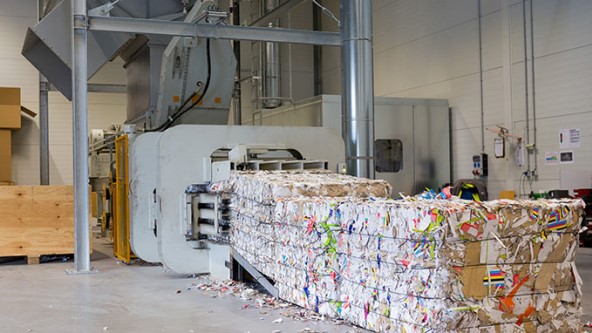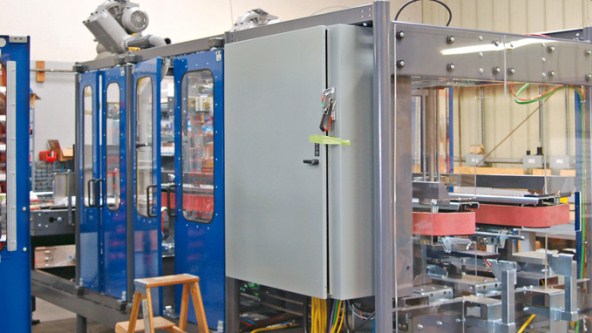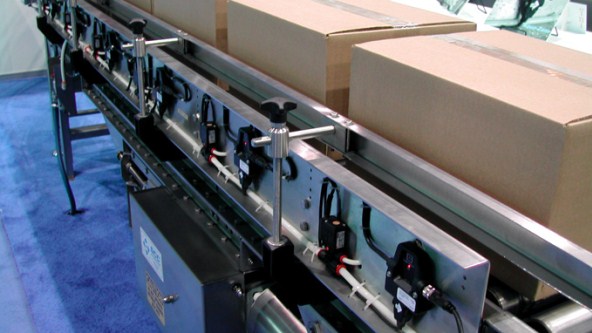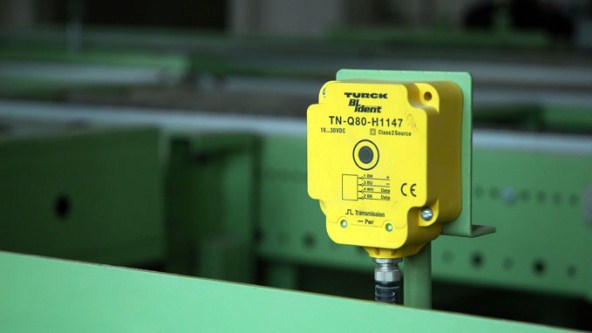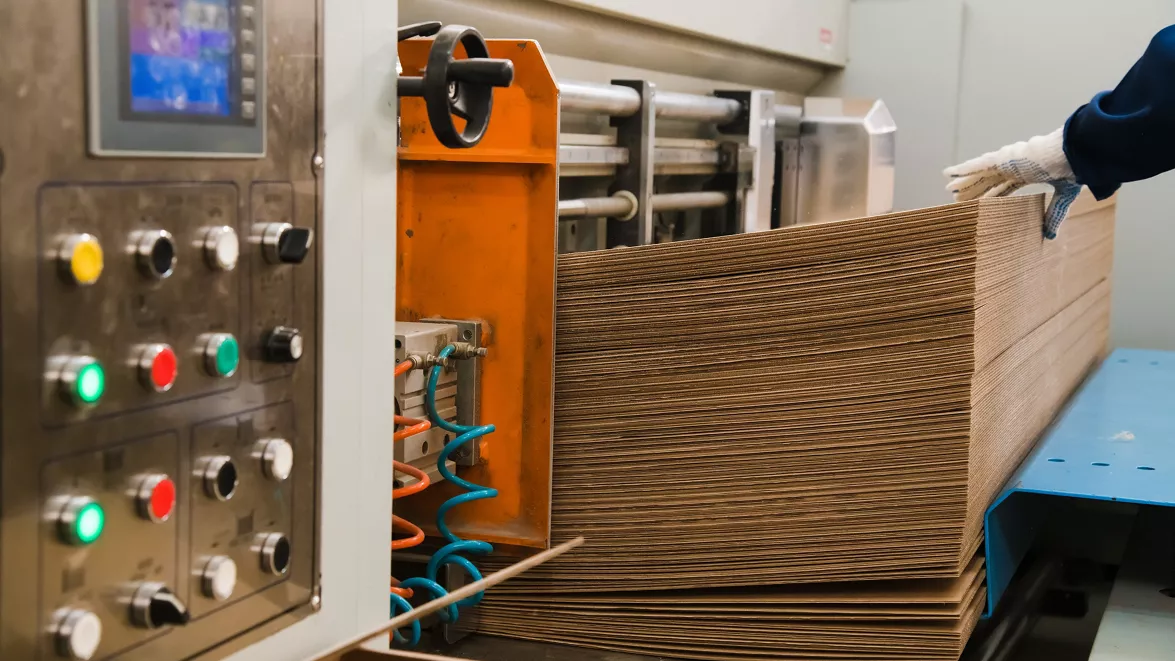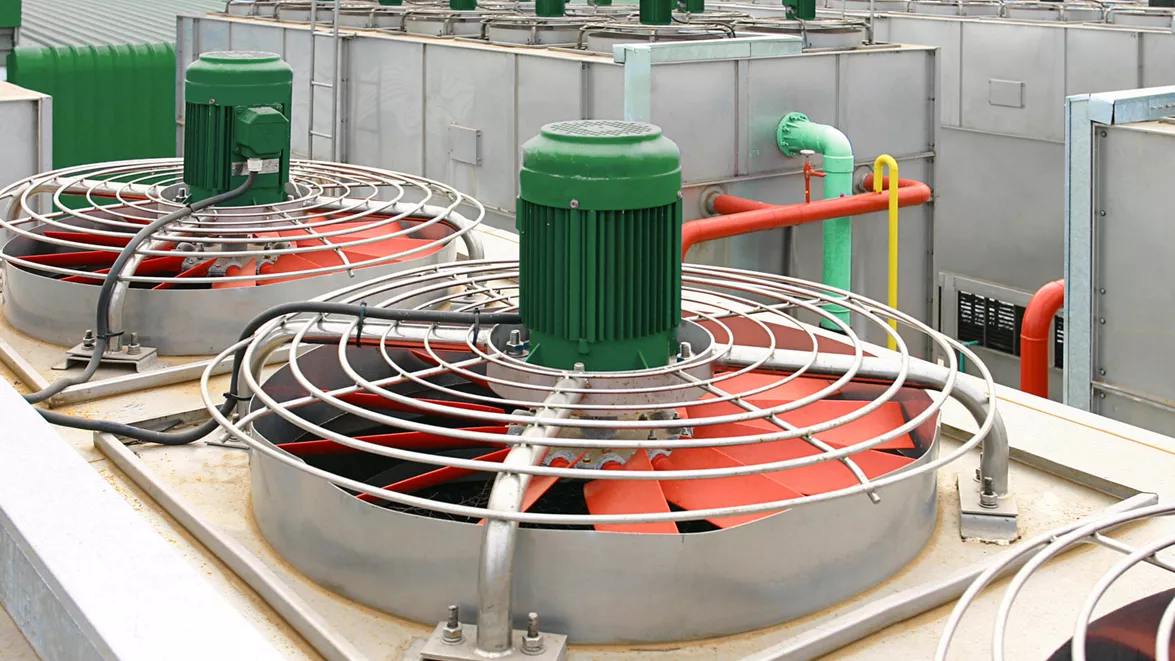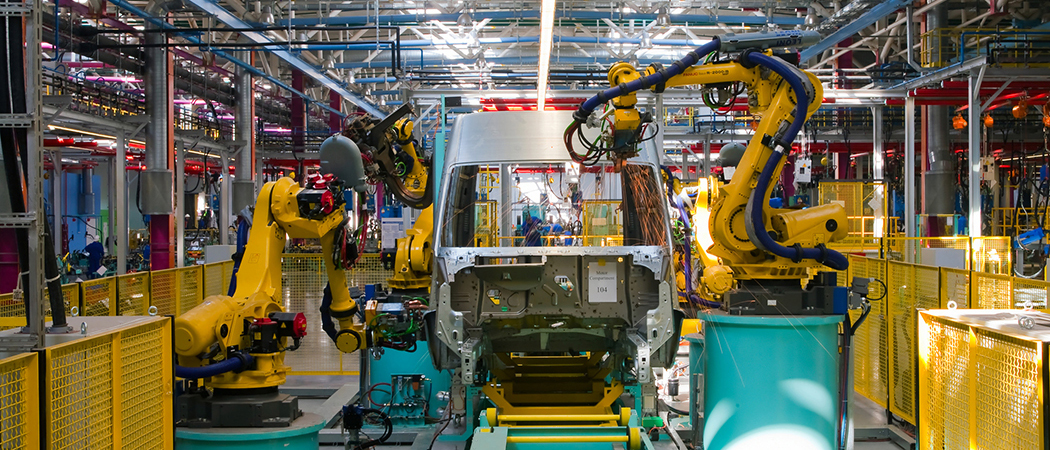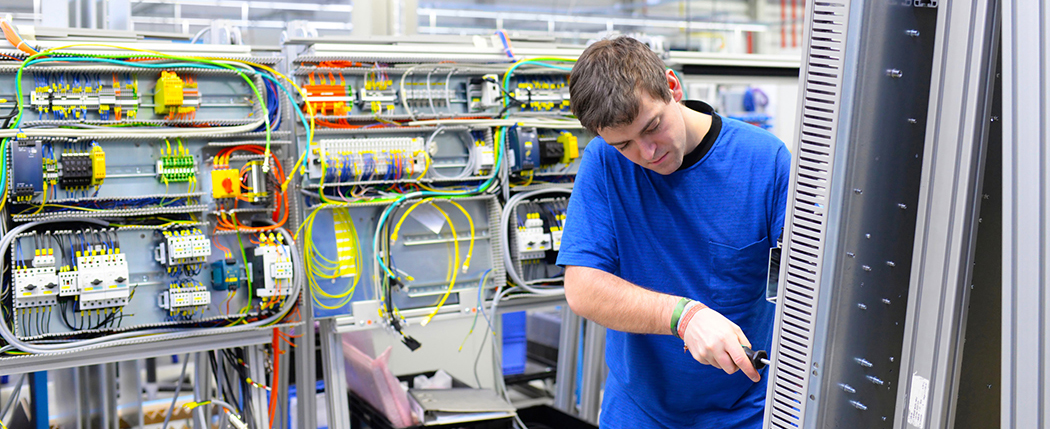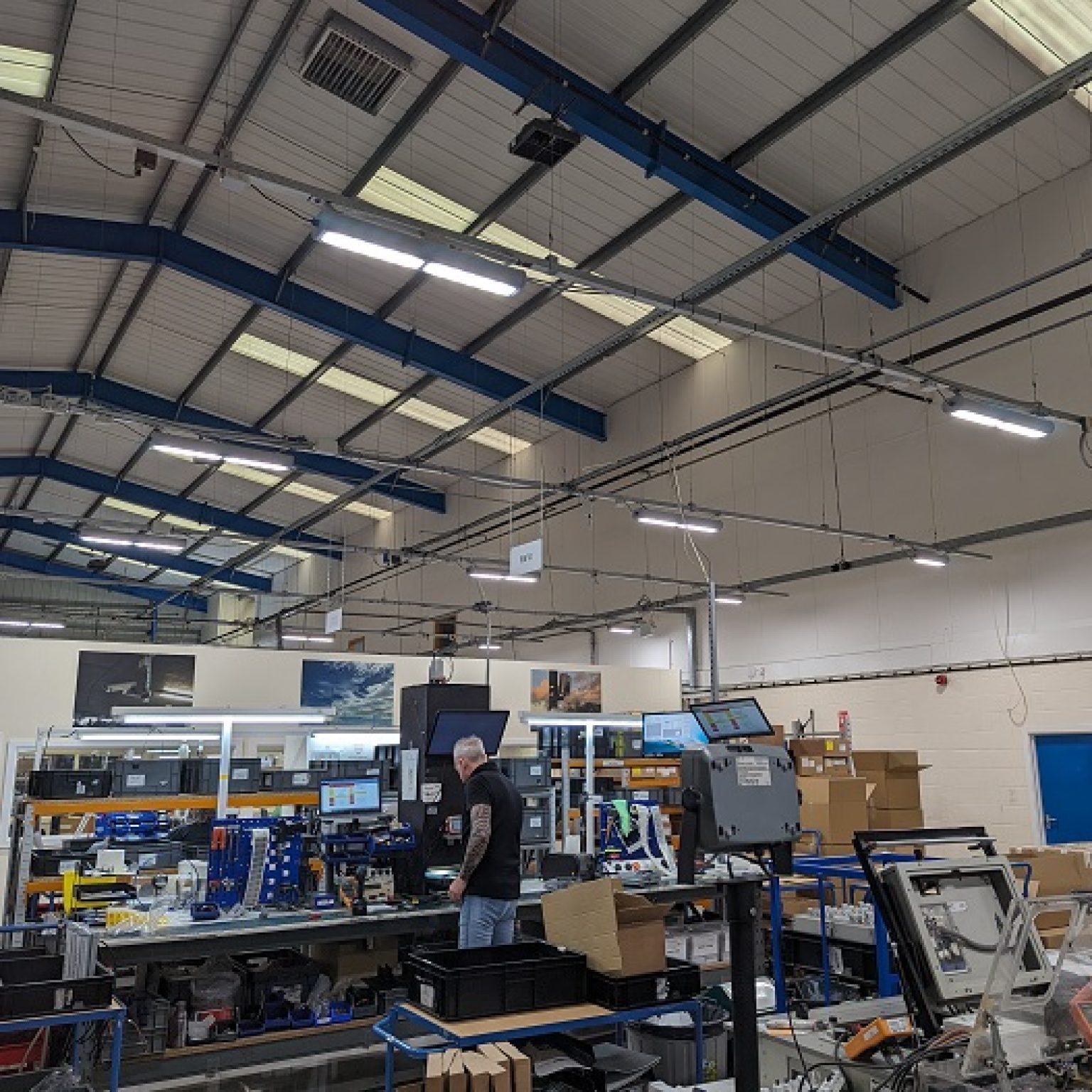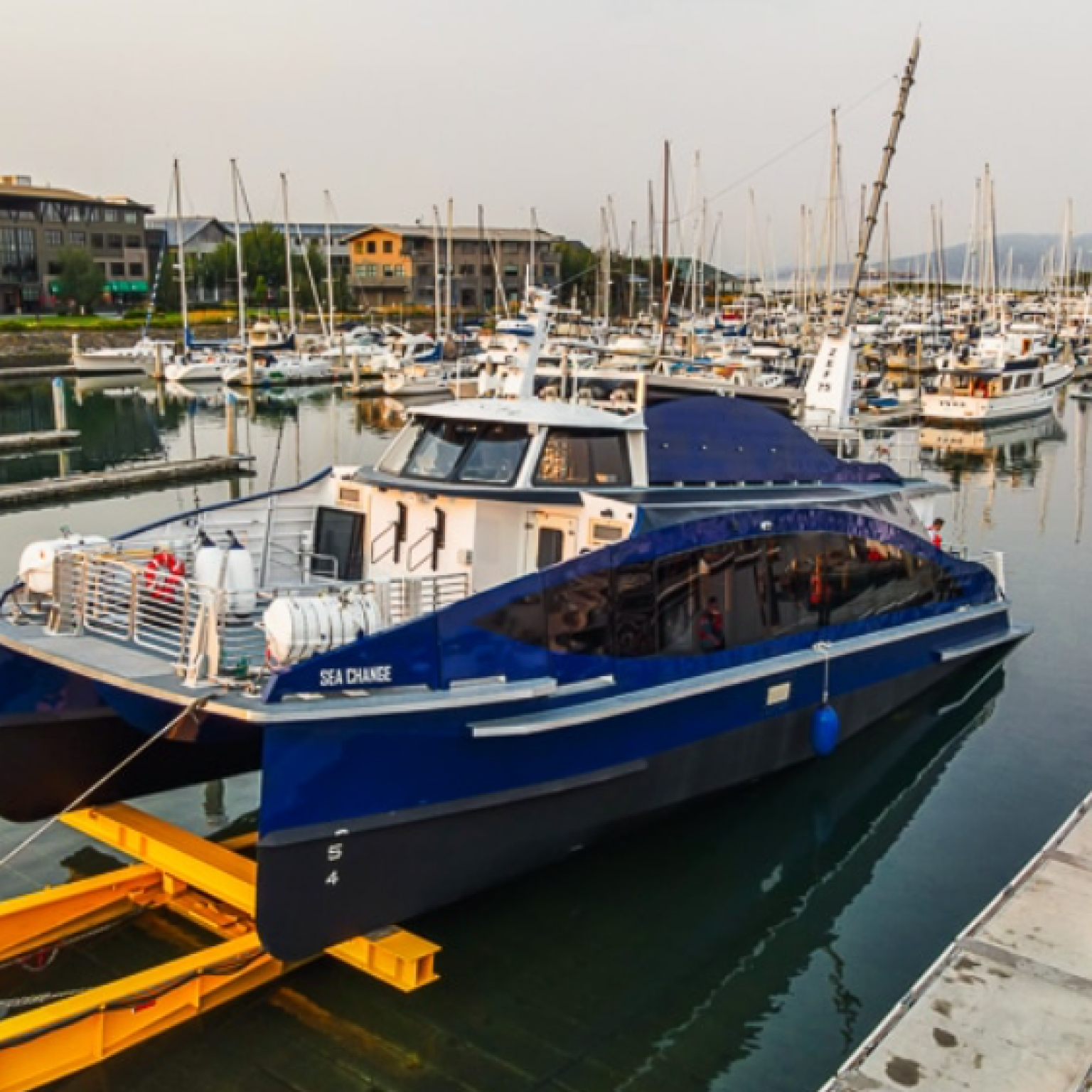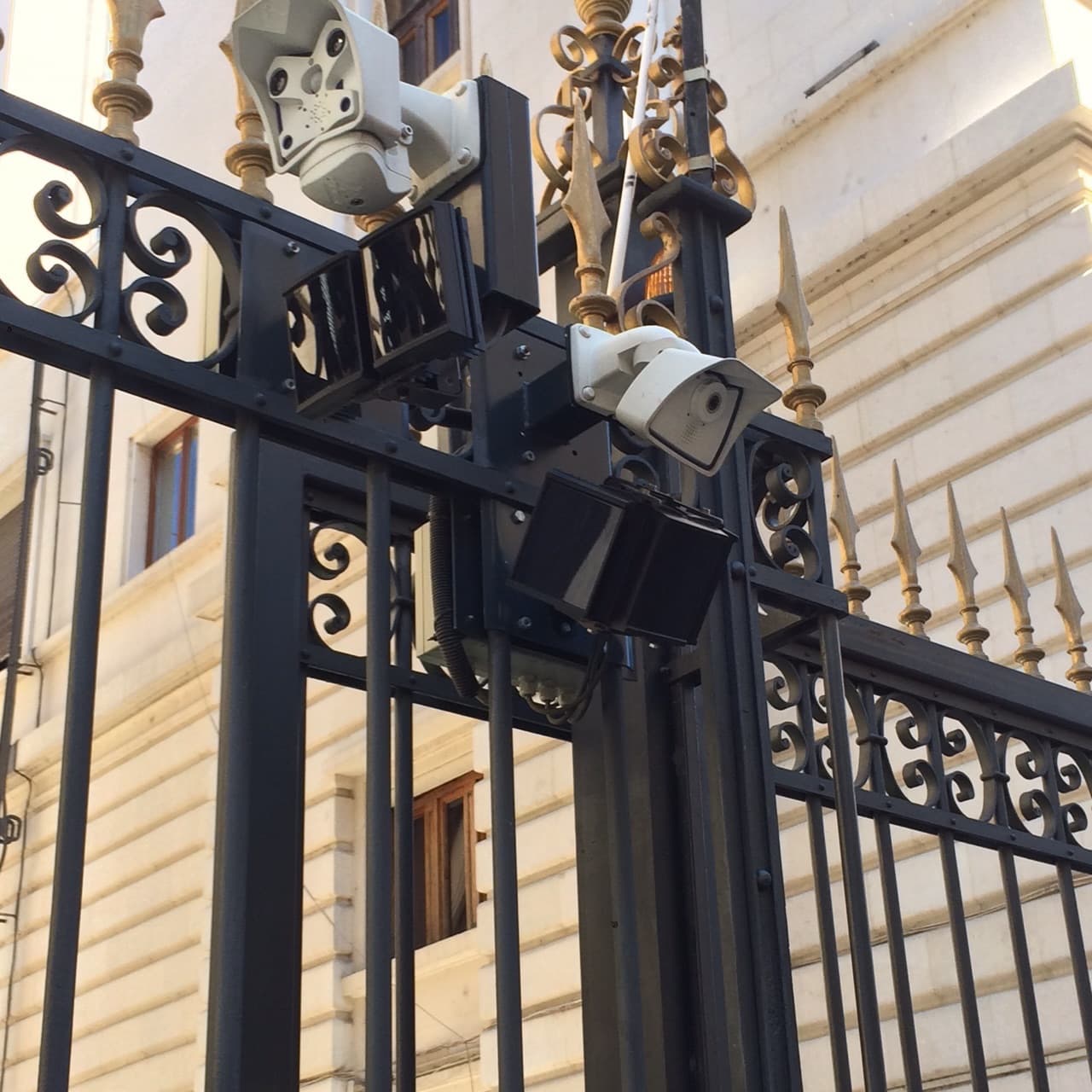Casos de éxito
Home / Casos de éxito
Casos de Éxito

El fabricante de envases DS Smith supervisa sus prensas de papel en su planta de Erlensee con una solución de E/S inteligente de Turck
DS Smith es uno de los principales fabricantes de envases y pantallas personalizados que utilizan cartón corrugado como material base. La compañía hasta ahora ha estado monitoreando manualmente la salida de sus prensas de papel en la planta de Erlensee cerca de Hanau…
Gama completa de soluciones en empaquetado
Pro Pack Systems, In en Salinas, California, diseña y construye estructuras de caja y empaquetadores para muchos productores de varios sectores. Su última máquina para empaquetar, la Print/EBS-HS-2 incluye mucha tecnología para convertir el concepto de una solución de embalaje y de impresión flexible en realidad…
Fuente de alimentación IP-67 para cintas transportadora
Los productores de alimentos y bebidas que consumimos todos los días deben de seguir rigurosos requerimientos para producir productos que sean seguros para el consumo. Hay muchos controles dentro del sistema, incluyendo la limpieza frecuente con lavadoras de alta presión para mantener las condiciones sanitarias dentro de la planta…
Automatización de almacenes
Como un sistema integrador externo, China Post Science and Technology Co., Ltd. (CPST), elabora estrategias para incrementar la eficiencia de numerosas compañías chinas. Con la finalidad de mejorar el manejo de los almacenes en las fábricas de cigarros nacionales, los especialistas han estado usando el BL ident RFID de Turck…..
Casos de Éxito

Monitoreo Inalámbrico de Motores de Convertidores de Embalaje Evita Tiempos de Inactividad y Genera ROI Positivo en Dos Días
Una empresa de embalaje de cartón corrugado fabrica láminas de cartón y las convierte en cajas para embalaje. Esto incluye los casos estándar regulares ranurados o “RSCs”, así como contenedores de embalaje más complejos. Las máquinas convertidoras operan las 24 horas del día, formando embalajes de cartón…
El mantenimiento predictivo ahorra a la impresora comercial 70 000 dólares
Los ventiladores son fundamentales para mantener una calidad del aire segura y un rendimiento óptimo de la máquina. En el pasado, como parte de su programa de mantenimiento regular, una empresa de impresión comercial hacía que su empresa de mantenimiento de motores revisara los motores de sus ventiladores…
Aumento de la productividad con el sistema Pick-to-Light
Los procesos de selección manual de piezas suelen llevar mucho tiempo y son propensos a errores. La mayor demanda y la complejidad de las listas de selección añaden más presión a los procesos obsoletos. Descubra cómo In the Ditch™, un fabricante con sede en Idaho de productos galardonados para la industria del remolque, pudo realizar mejoras sustanciales…
LED de Larga Duración y Rápida Instalación para Iluminar Inspecciones de Tela en Estaciones
Abrasivos Hermes es un proveedor líder de abrasivos recubiertos y aglomerados. Sus productos se utilizan para dar forma y acabado a materiales como metal, madera, vidrio y plástico para los fabricantes. Defectos en productos abrasivos pueden dañar estos materiales.
Casos de Éxito

Industria automotriz
Las fuentes de alimentación de carril DIN PULS son fiables, de tamaño pequeño y cumplen con todos los estándares importantes para el uso en la automatización de edificios….
Automatización de edificios
Las fuentes de alimentación de carril DIN PULS son fiables, de tamaño pequeño y cumplen con todos los estándares importantes para el uso en la automatización de edificios…
Energía
PULS ofrece fuentes de alimentación de carril DIN, módulos de redundancia y sistemas UPS robustos y confiables para condiciones ambientales difíciles en el sector energético….
Construcción de maquinaria
Las fuentes de alimentación para carril DIN PULS laten en el corazón de las mejores máquinas. Los fabricantes de maquinaria confían …
Casos de Éxito

Solución de radar sin contacto para el tratamiento de aguas residuales
Para la modernización del sistema de aguas residuales de una empresa de la industria alimentaria en Colombia, se instaló la tecnología de medición continua de nivel de UWT. Junto con el socio local INTAI INGENIERIA S.A.S., se realizaron varias pruebas in situ y se prefirió una solución sin contacto. Las sustancias químicas y desinfectantes requerían…
El mantenimiento predictivo ahorra a la impresora comercial 70 000 dólares
En el curso de la modernización del equipamiento de su planta, un fabricante de alimentos para animales de Irlanda buscaba detectores de nivel fiables que incluyeran protección contra sobrellenado y protección contra marcha en vacío. En los distintos depósitos de transporte a presión de harina de algas, había que tener en cuenta sobre todo la elevada intensidad…
Radar proporciona la solución de medición de nivel continuo en una fábrica de papel del Reino Unido
Los dispositivos de medición continuo de nivel regulan y controlan los niveles de líquidos o sólidos en una planta de procesamiento, ayudando a agilizar la operación, eliminar errores humanos y maximizar así la eficiencia general. Por ello, los dispositivos de control de nivel deben ser, y son, una inversión que requiere una cuidadosa investigación y consideración para garantizar…
Es hora de ENERGIZARSE con soluciones inteligentes de medición de nivel
Nuestro Gerente de Producto, N. Oppenberger, ha estudiado los requisitos específicos de la tecnología de medición en la industria energética. Junto con J. Bareth, jefe de ventas de la zona de Europa Central, explica soluciones para la protección contra sobrellenado, la notificación de vacío y la medición continua de nivel de productos sólidos y medios líquidos…
Urban olinea transforma las condiciones de trabajo en sede raytec
En Raytec tenemos muchos años de experiencia ayudando a nuestros clientes a actualizar sus soluciones de iluminación a la última tecnología LED, ¡pero la instalación de iluminación en la sede de Raytec hace tiempo que necesitaba una actualización propia!…
Spartan implementado en el primer ferry de pasajeros propulsado por hidrógeno del mundo
Las luminarias LED para áreas peligrosas de Raytec se han instalado en el primer ferry comercial de pasajeros con pila de combustible de hidrógeno del mundo. Sea Change, que opera desde el área de la Bahía de California, es un ferry de propulsión eléctrica de 70 pies, sin emisiones …
Raytec transforma la seguridad para el banco nacional
La iluminación LED de Raytec ha transformado la seguridad en una instalación multisitio para el Banco Nacional de Rumania. Como parte de una gran actualización de un sistema de vigilancia IP, se implementaron soluciones de luz blanca e infrarroja para ofrecer una enorme mejora en la calidad de la imagen …
Es hora de ENERGIZARSE con soluciones inteligentes de medición de nivel
La iluminación Raytec Ex ha transformado la visibilidad en una unidad de tubería flexible (CTU) montada en un remolque. En colaboración con el distribuidor estadounidense Carlton-Bates (CBC), en un proyecto diseñado en Fort Worth, Texas, EE. UU. y enviado al extranjero…

